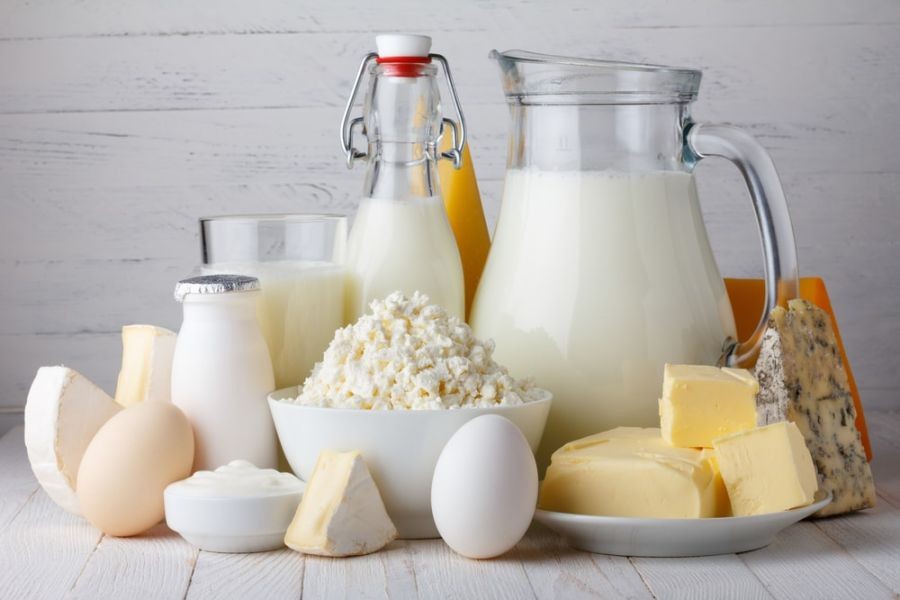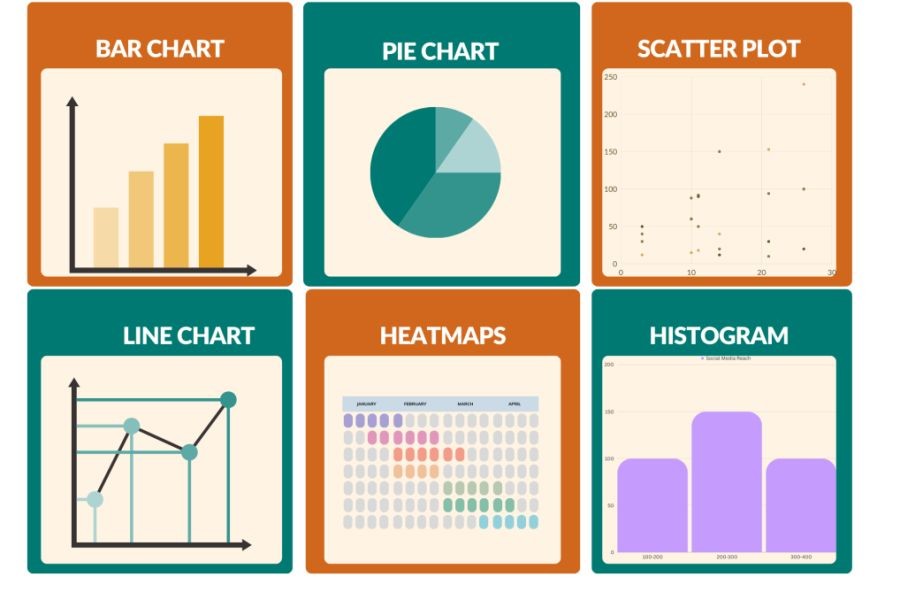Australia, known for its vibrant dairy industry, is witnessing a surprising trend: the decline in milk consumption among its population. This shift is not just a fleeting trend but a significant evolution influenced by various factors, including economic conditions, health awareness, and lifestyle changes. Understanding why Australians are drinking less milk than ever before is crucial for stakeholders in the dairy industry, health sector, and policy-making. In this article, we delve deep into the underlying causes, supported by data and expert insights, to provide a comprehensive analysis of this phenomenon.
The Decline in Milk Consumption: An Overview
Milk, once a staple in Australian households, is now seeing a decline in consumption. According to the Australian Bureau of Statistics (ABS), per capita milk consumption has decreased by approximately 10% over the past decade. Several factors contribute to this trend, including changing dietary habits, health concerns, and economic pressures.
Case Study: The Impact of Health Trends
One of the primary drivers of the decline in milk consumption is the growing health consciousness among Australians. The rise of lactose intolerance awareness and the increasing popularity of plant-based diets are significant contributors.
Problem:
Many Australians are turning away from dairy due to health concerns such as lactose intolerance, which affects around 4% of the population, based on data from the Australian Institute of Health and Welfare. Additionally, the perception of dairy products being high in fat and calories has led some consumers to seek healthier alternatives.
Action:
To adapt to this shift, several dairy producers have diversified their product lines to include lactose-free and low-fat options. Moreover, the industry has seen a significant rise in the production and marketing of plant-based milk alternatives, such as almond, soy, and oat milk, which appeal to health-conscious consumers.
Result:
This strategic pivot has helped companies retain market share despite the overall decline in traditional milk consumption. For instance, Freedom Foods, an Australian company, reported a 25% increase in sales of its plant-based products in 2023.
Takeaway:
The case of Freedom Foods highlights the importance of innovation and adaptation in response to changing consumer preferences. For the dairy industry, embracing diversity in product offerings is crucial to remain competitive in the evolving market.
Economic Factors at Play
The economic landscape in Australia also plays a crucial role in the decline of milk consumption. The Reserve Bank of Australia (RBA) reports that the cost of living has increased, prompting consumers to adjust their spending habits. With tighter budgets, some Australians are opting for cheaper alternatives to traditional dairy milk.
Pros and Cons of Alternative Milk Options
Pros:
- Health Benefits: Plant-based milks are often perceived as healthier, offering lower calorie and fat content.
- Environmental Impact: Producing plant-based milk typically has a smaller carbon footprint compared to dairy milk.
- Diverse Options: Consumers can choose from a variety of flavors and nutritional profiles, catering to different dietary needs.
Cons:
- Cost: Plant-based milks are often more expensive than traditional dairy milk.
- Nutritional Content: Some plant-based options lack essential nutrients found in dairy, such as calcium and vitamin D.
- Taste and Texture: Some consumers may not prefer the taste or texture of plant-based alternatives.
Regulatory Insights and Industry Challenges
The Australian Competition & Consumer Commission (ACCC) has noted the need for clear labeling on milk alternatives to avoid consumer confusion. This regulatory perspective highlights the importance of transparency in product labeling to ensure consumers make informed choices.
Myths and Misconceptions
- Myth: "All plant-based milks are healthier than dairy." Reality: While plant-based milks can be lower in calories, they may lack essential nutrients found in dairy milk, necessitating careful selection based on nutritional content.
- Myth: "Milk consumption declines solely due to lactose intolerance." Reality: While lactose intolerance plays a role, broader dietary trends and economic factors are significant contributors.
- Myth: "Milk alternatives are always environmentally friendly." Reality: The environmental impact varies among plant-based options, with almond milk production requiring substantial water resources.
Future Trends and Predictions
Looking ahead, the milk industry in Australia is poised for further transformation. The rise of functional beverages—drinks fortified with additional nutrients—presents an opportunity for growth. According to a Deloitte report, the functional beverage market in Australia is expected to grow by 15% annually over the next five years, offering a lucrative avenue for dairy producers to explore.
Additionally, advancements in technology, such as lab-grown dairy, could revolutionize the industry. By 2030, experts predict that lab-grown milk could account for a significant share of the market, providing a sustainable and ethical alternative to traditional dairy.
Conclusion: Navigating the Future of Milk Consumption
As Australians continue to drink less milk, the industry must adapt to changing consumer preferences, economic pressures, and regulatory landscapes. Embracing innovation, transparency, and sustainability will be key to navigating these shifts. Stakeholders must remain agile and responsive to the evolving market dynamics to thrive in the future.
What strategies have you implemented to adapt to changing consumer preferences in the dairy industry? Share your insights and join the conversation below!
People Also Ask
- What are the biggest misconceptions about milk consumption in Australia?
One common myth is that all plant-based milks are healthier than dairy. However, research shows that nutritional content varies, and some plant-based options may lack essential nutrients found in dairy.
- How does the decline in milk consumption impact Australia's dairy industry?
The decline prompts dairy producers to diversify their product lines, embracing plant-based and functional beverages to retain market share and meet changing consumer demands.
- What upcoming changes in Australia could affect milk consumption?
By 2030, advancements in lab-grown dairy and functional beverages could reshape the industry, offering sustainable and innovative alternatives to traditional milk.
Related Search Queries
- Why are Australians drinking less milk?
- Health benefits of plant-based milk
- Environmental impact of dairy vs. plant-based milk
- Future of dairy industry in Australia
- Trends in milk consumption in Australia
- Alternatives to traditional dairy milk
- Impact of lactose intolerance on milk consumption
- Regulations on milk labeling in Australia
- Lab-grown dairy products in Australia
- Functional beverages market in Australia



























